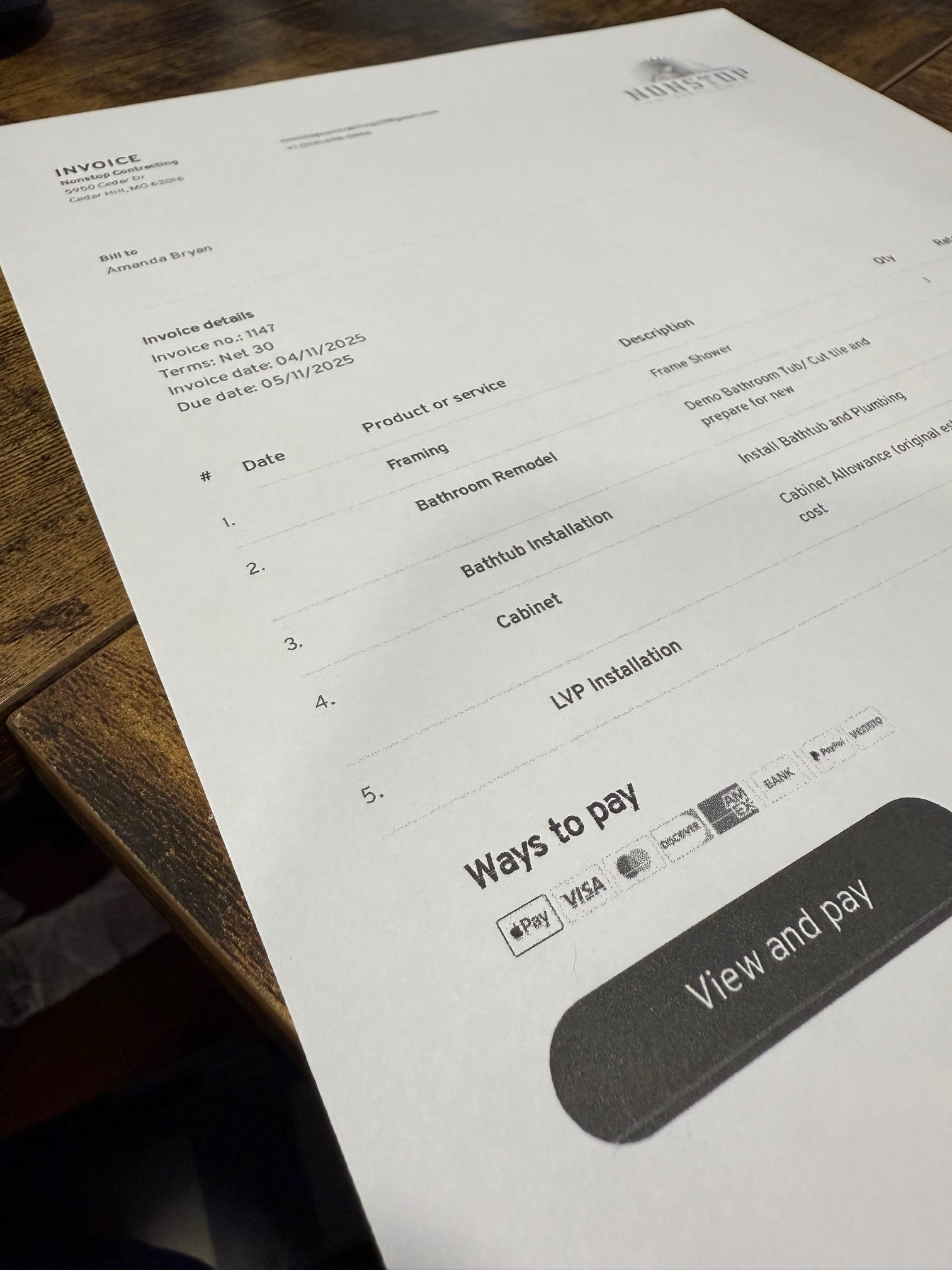
Estimating the cost of a construction project is a critical aspect of the planning process, influencing budgeting, scheduling, and overall project feasibility. Whether you’re a homeowner planning a renovation or a developer orchestrating a large-scale construction endeavor, understanding how these estimates are formulated can empower you to make informed decisions and manage expectations effectively.
1. Labor Costs
Labor constitutes a significant portion of any construction estimate. This includes wages for skilled and unskilled workers, as well as allowances for overtime or specialized labor if needed. Factors influencing labor costs include:
- Skill Level: Highly specialized trades such as electricians or plumbers typically command higher hourly rates.
- Union vs. Non-Union Labor: Unionized workers may have set wage rates and benefit packages that differ from non-union workers.
- Local Market Conditions: Labor costs can vary widely depending on the geographical location of the project.
2. Material Costs
Materials encompass everything from concrete and lumber to fixtures and finishes. Pricing can fluctuate based on:
- Quantity and Quality: The volume of materials required and their quality specifications directly impact costs.
- Supplier Relationships: Established relationships with suppliers can sometimes yield discounts or better pricing.
- Market Trends: Fluctuations in commodity prices (e.g., steel, copper) and availability can affect material costs.
3. Equipment Costs
Heavy machinery and tools needed for excavation, construction, and finishing work also contribute significantly to the estimate. Key considerations include:
- Rent vs. Purchase: Whether equipment is rented or owned affects the overall project cost.
- Operational Expenses: Fuel, maintenance, and insurance expenses for equipment should be factored into the estimate.
- Duration of Use: Longer project durations may necessitate higher equipment costs.
4. Permits and Regulatory Fees
Obtaining necessary permits and complying with local regulations is a non-negotiable aspect of construction. Costs may include:
- Permit Fees: Charges levied by local authorities for construction permits.
- Inspection Costs: Fees associated with mandatory inspections throughout various stages of the project.
- Environmental Compliance: Costs related to adhering to environmental regulations and requirements.
5. Overhead and Contingencies
Miscellaneous costs and unforeseen circumstances are often accounted for through contingencies and overhead:
- General Overhead: Administrative expenses, office rent, utilities, and other indirect costs.
- Contingency Funds: Reserved for unexpected expenses, scope changes, or unforeseen delays.
6. Profit Margin
Contractors typically include a profit margin in their estimates, which reflects their expertise, risk management, and the competitive nature of the construction industry.
Accurate construction estimates require a meticulous assessment of numerous variables, each impacting the project’s bottom line. From labor and materials to equipment and regulatory requirements, understanding these cost components is essential for ensuring financial feasibility and project success. By breaking down these costs, stakeholders can collaborate effectively, anticipate challenges, and ultimately deliver construction projects that meet both budgetary and quality expectations.
Cedar Hill St. Louis Jefferson County Olivette Kirkwood Ballwin Arnold Franklin County St Charles County Fenton High Ridge Dittmer Creve Coeur
